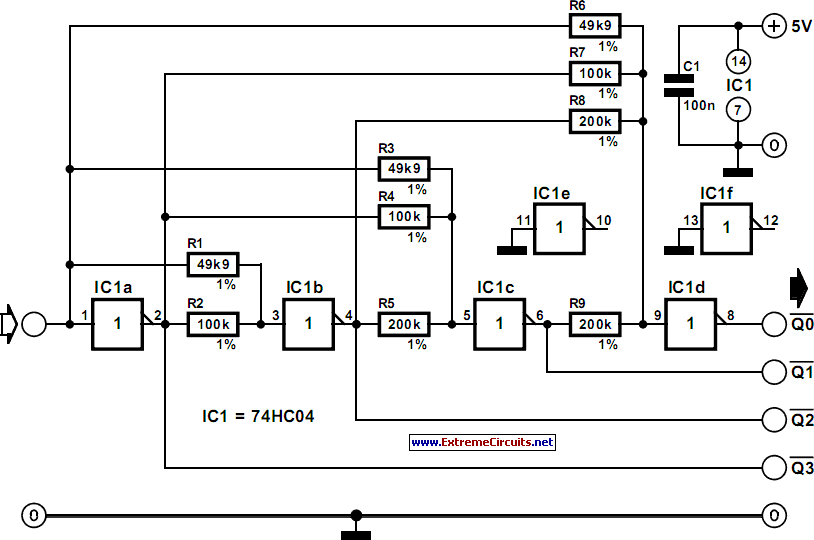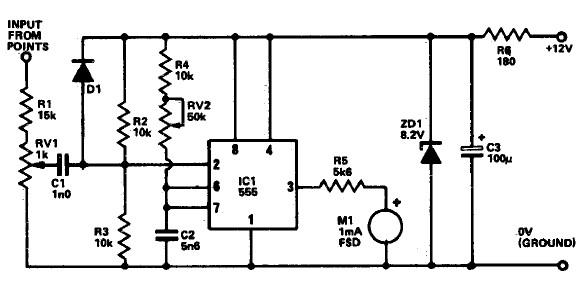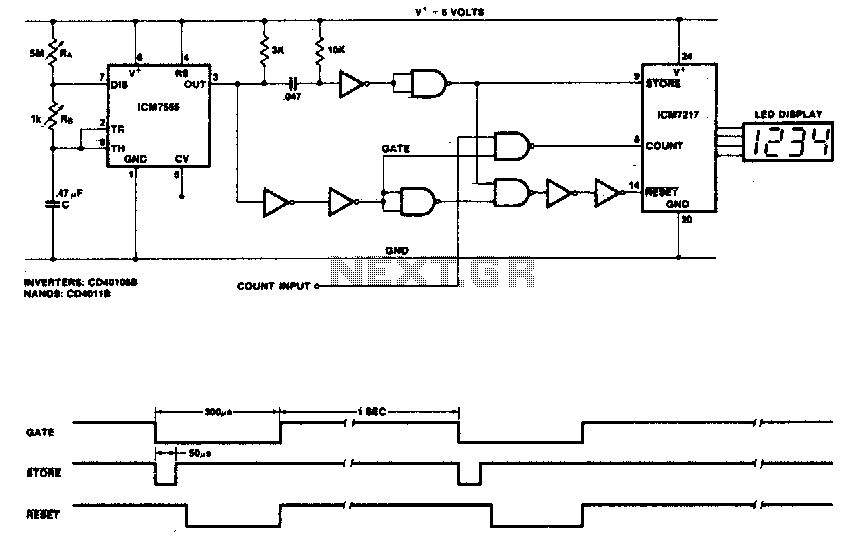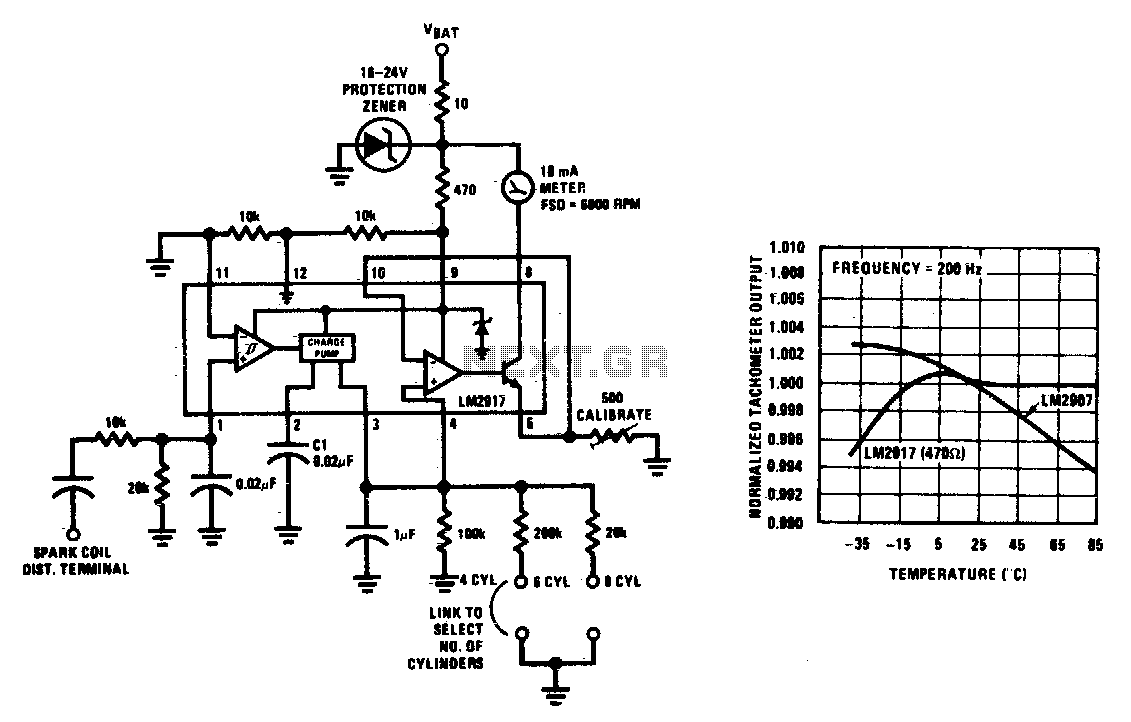
Analogue Tachometer and Dwellmeter

This circuit as first published in Wireless World September 1975 and subsequently in MECRM. It's built around a TTL quad NOR gate, though CMOS could be used.
The circuit in question utilizes a TTL (Transistor-Transistor Logic) quad NOR gate, which consists of four independent NOR gates integrated into a single package. The NOR gate is a fundamental building block in digital electronics, known for its versatility in constructing various logical functions. The use of a quad configuration allows for multiple logical operations to be performed within a compact design, enhancing circuit efficiency and reducing component count.
In this specific design, the input signals are fed into the NOR gates, which produce an output that is the logical negation of the OR operation. This means that the output will be high (logic level '1') only when all inputs are low (logic level '0'). This characteristic is particularly useful in applications requiring signal inversion or in creating complex logic circuits through cascading multiple NOR gates.
While the original design utilizes TTL technology, it is noted that CMOS (Complementary Metal-Oxide-Semiconductor) technology could also be employed. CMOS offers advantages such as lower power consumption and higher noise immunity, making it suitable for battery-operated devices and applications where energy efficiency is paramount. When designing with CMOS, care must be taken to ensure that the input voltage levels are compatible with the logic family being used, as TTL and CMOS have different voltage thresholds.
The circuit can serve in various applications, including oscillators, pulse generators, and as part of larger digital systems. Its straightforward implementation allows for easy integration into existing designs, making it a valuable addition to any electronics engineer's toolkit.This circuit as first published in Wireless World September 1975 and subsequently in MECRM. It's built around a TTL quad NOR gate, though CMOS could be used. 🔗 External reference
The circuit in question utilizes a TTL (Transistor-Transistor Logic) quad NOR gate, which consists of four independent NOR gates integrated into a single package. The NOR gate is a fundamental building block in digital electronics, known for its versatility in constructing various logical functions. The use of a quad configuration allows for multiple logical operations to be performed within a compact design, enhancing circuit efficiency and reducing component count.
In this specific design, the input signals are fed into the NOR gates, which produce an output that is the logical negation of the OR operation. This means that the output will be high (logic level '1') only when all inputs are low (logic level '0'). This characteristic is particularly useful in applications requiring signal inversion or in creating complex logic circuits through cascading multiple NOR gates.
While the original design utilizes TTL technology, it is noted that CMOS (Complementary Metal-Oxide-Semiconductor) technology could also be employed. CMOS offers advantages such as lower power consumption and higher noise immunity, making it suitable for battery-operated devices and applications where energy efficiency is paramount. When designing with CMOS, care must be taken to ensure that the input voltage levels are compatible with the logic family being used, as TTL and CMOS have different voltage thresholds.
The circuit can serve in various applications, including oscillators, pulse generators, and as part of larger digital systems. Its straightforward implementation allows for easy integration into existing designs, making it a valuable addition to any electronics engineer's toolkit.This circuit as first published in Wireless World September 1975 and subsequently in MECRM. It's built around a TTL quad NOR gate, though CMOS could be used. 🔗 External reference





